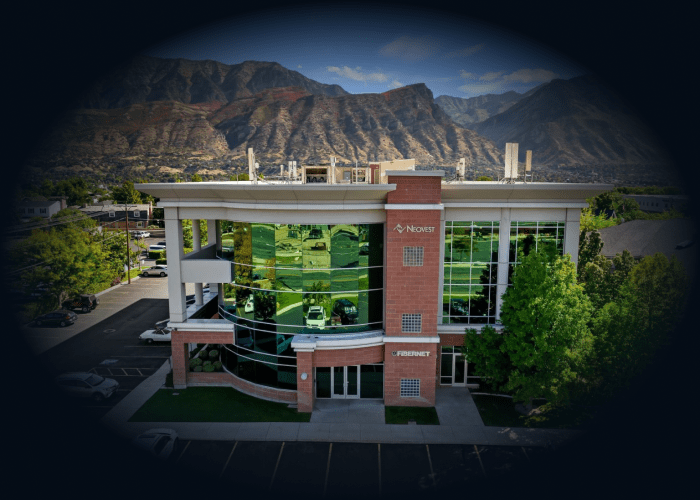Cabinet Colocation at Fibernet’s Orem, Utah Data Center
Whether your data infrastructure requires one or several data center cabinets of space, Fibernet’s Orem, Utah data center can handle your cooling, power, and space requirements of up to 40,000 sq. ft. and more than 6 Megawatts of power.
Fibernet’s Orem, Utah Data Center Accessibility
Located just 40 minutes from Salt Lake City International Airport, Fibernet’s Orem, Utah data center is highly accessible any time you need to go and check on your servers.
Power Density at Fibernet’s Orem, Utah Data Center
Currently, the facility has 6 MW of power deliverable to the data center floor. In the near future up to 20 MW of power will be available to the facility. While computing platforms become more and more dense, you can rest assured that Fibernet’s Orem, Utah data center facility will be able to provide the power density required to power your data infrastructure.
Fibernet’s High Availability
Fibernet’s Orem, Utah facility is a Tier IV data center, with the exception of 2 separate utility feeds and is highly available with redundant connections to multiple tier 1 and tier 2 network carriers, with diverse fiber paths entering the building. The power redundancies include backup generators and preferred fuel contracts. Utah colocation customers can rest assured that their servers located in Fibernet’s colocation facility in Orem, Utah is secure, available, and fitted with sufficient redundancies built in to ensure high availability.

